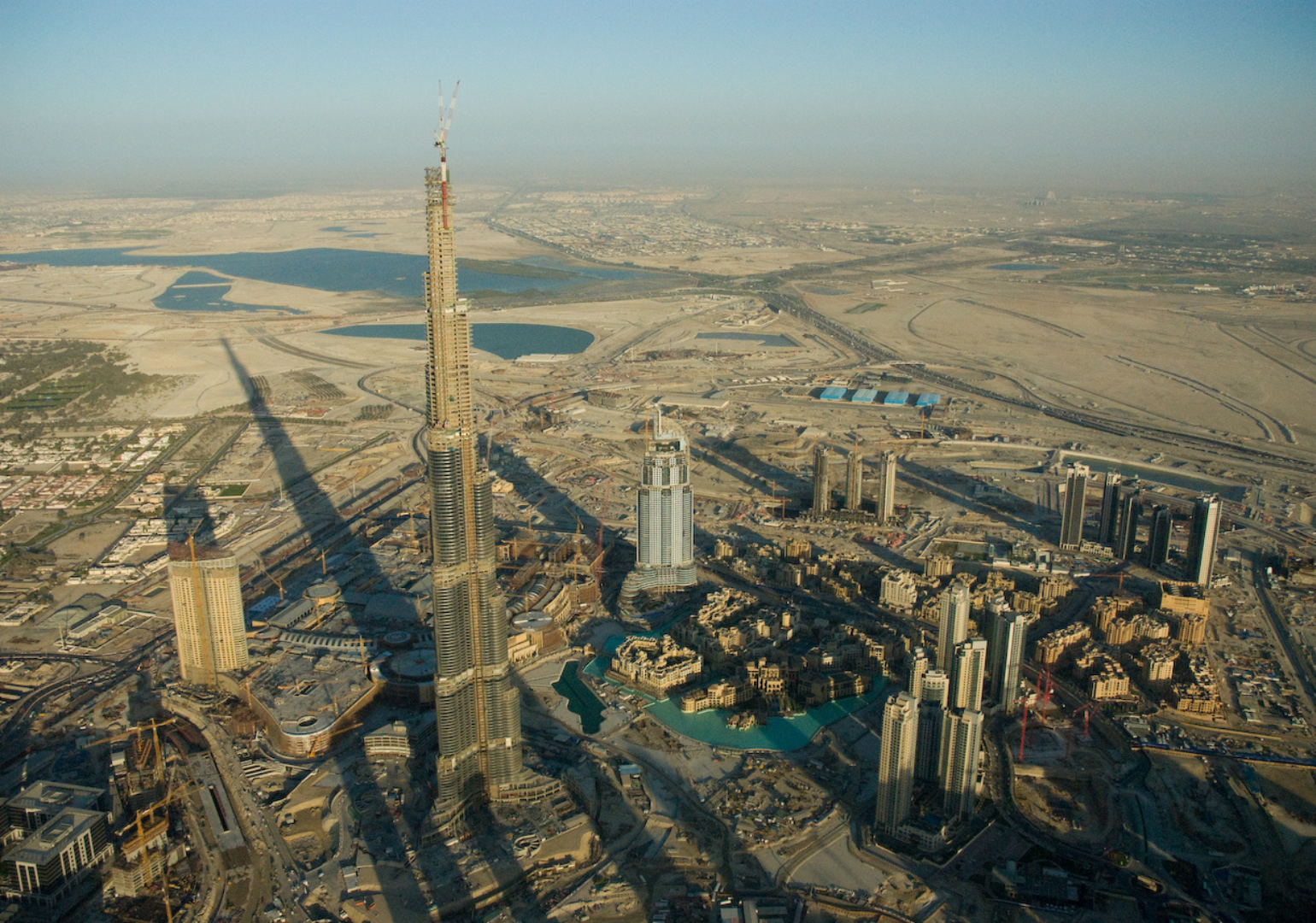How strict building regulations impact the construction of Sydney’s skyscrapers, and what the future could hold for tall building design.
Key points:
- Sydney boasts the second largest number of skyscrapers in the country, but engineers face barriers to quickly and cheaply executing new projects.
- The taller a building, the greater the structural load across aspects such as wind and gravity.
- Plans for a two km-high skyscraper in Saudi Arabia would tower over all of Sydney’s, and indeed the world’s, structures.
Clusters of skyscrapers adorn Sydney’s skyline, from the city’s CBD across the North Shore to Parramatta in the east. But even as these structures act as a reminder of civil engineering prowess, engineers must work within set boundaries that dictate the look and nature of the end product.
A panel of engineers, urban planners and design professionals gathered at the recent Sydney Build Expo to examine the regulations and environmental concerns that are front of mind for design engineers.
Kevin Peddie CPEng, Associate Principal at RWDI, told Sydney Build Expo attendees that how a building will end up interacting with the surrounding environment should be just as much a consideration as aesthetic or technical factors.
“It’s [about] the wind, it’s the temperature, it’s the humidity, the solar radiance, it’s the noise and air quality,” he said.
He gave an example of the design of the area surrounding a coffee shop on Collins Street in Melbourne as indicative of how the above factors are not always considered.
“If you go there in summer, everyone’s outside – it’s a really busy and happening place,” he said. “Go there in winter, not a single person is outside. It’s freezing cold [and] you lose the [intended] design outcome.”
Another consideration is the structural load, which ought to be a greater priority at the design stage, Peddie said.
“There are a lot of buildings where we’ve already come up with the design concept, but we’ve got no idea what the load on these buildings is,” he said.
After all, the taller a building, the greater the structural load across aspects such as wind and gravity.
“You’ve got more load transfer coming back through … which means more materiality, more embodied carbon in the building form.”
Read more about one of Sydney’s tallest buildings, Quay Quarter Tower.
Competing for attention
One of Sydney’s strengths is its multiple city centres, according to Chris Ferreira, Head of Planning at Urban Property Group.
“Having places like St Leonards, Chatswood [and] Parramatta actually gives it diversity and allows the region and the city metropolitan areas to reap the benefits,” he said.
These benefits include flow-on economic effects of disseminating growth and development across a wider area; getting new structures built in the city isn’t necessarily straightforward, however.
“Sydney [has] one of the most complex processes in the world … to get a tower approved,” Ferreira explained. “We do have pretty significant regulations around heights of buildings, how big buildings should be, how wide they should be [to manage] their impacts on people on ground level [and] in the skyline.”
As an example of the hoops through which to jump to construct a building in the CBD, Ferreira explained that to have a tower structure approved over 55 m, a company must first undertake a consultative process with either the City of Sydney or NSW Government – depending on the project’s land use – involving design and environmental testing.
“You basically have to prove … the theoretical envelope for your site,” Ferreira continued. “You have to work with the authority, do all the urban design testing, all the testing that’s necessary to demonstrate the environmental impact.
“Then, it’s compulsory that you undertake a design competition [which] involves five or six architects competing for design … generally over a five- to six-week period. There’s an independent jury. So if you’re a developer … you don’t even get to pick your own building.
“Imagine you’re building a house and you can even choose the architect or … even choose the design.”
Ferreira said this process has its benefits – and believes “some of the best buildings in Sydney have been subject to a design competition” – but also represents a significant barrier when considering the time and money it consumes.
The future of skyscrapers
Christoph Gruenaug, Associate Principal & Australasian BMU & Access Leader at Arup, shared a call to action for engineers in construction.
“There’s a big aspect to this too [in getting] a lot more buildings to reuse existing infrastructure, and possibly using CLT [cross-laminated timber] or other sustainable materials,” he said, adding that developers often focus on the dollar value – but spending only a little more money can mean buildings reap the benefits.
What else could the future hold? Engineering projects abroad may offer an example.
Since 2019, the height restriction on skyscrapers in Sydney has been 330 m – but Saudi Arabia has just announced plans to construct a skyscraper two km high.

That’s more than twice the height of the Burj Khalifa in Dubai, which comes in at 828m and has held the podium since its completion in 2010.
For more from create digital, check out the below:
- The 3D-printed meals helping people with dysphagia
- How is AI changing engineering innovation?
- Working in regional Australia isn’t a barrier for this mechanical engineer.
